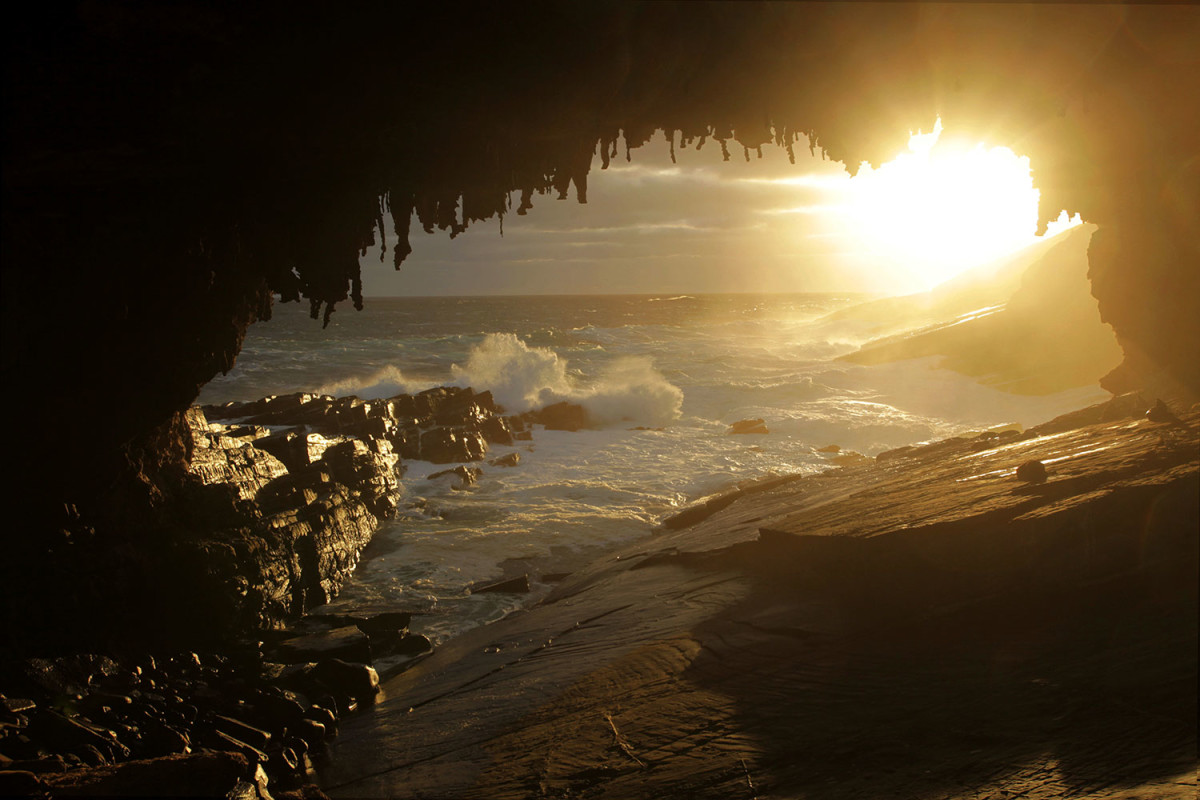

=> Read Now RNGEDG The Legend of Zelda Breath of The Wild … Material: High Quality Silicone Package Content: 1 x Phone Case …. Phone case takes your phone out easily and safely with you. => Read Now The Legend of Zelda Breath of The Wild Zelda Sheikah … Results 1 – 16 of 298 - The Legend of Zelda Breath of The Wild Zelda Sheikah Eye Phone Case for iPhone Xs. Zelda Sheikah on the case makes your phone ….Function:Dirt-resistant,Shock proof,Anti crash device.Google search results: The Legend of Zelda Breath of The Wild Sheikah Slate …ĭesigned for Apple 5.5 Inch iPhone 6Plus and iPhone 6SPlus All you need to know about: The Legend of Zelda Breath of The Wild Sheikah Slate ….RNGEDG The Legend of Zelda Breath of The Wild Link ….Same Topic: Breath of the wild phone case.The Legend of Zelda Breath of The Wild Zelda Sheikah Eye ….Similar Meaning: “Breath of the wild phone case”.Breath Of The Wild iPhone Cases for Sale by Artists | Redbubble.RNGEDG The Legend of Zelda Breath of The Wild Sheikah ….RNGEDG The Legend of Zelda Breath of The Wild ….The Legend of Zelda Breath of The Wild Zelda Sheikah ….The Legend of Zelda Breath of The Wild Sheikah Slate ….Argumentamos que el entendimiento de estas ideas centrales respaldará los esfuerzos por incorporar las perspectivas de los Kattunayakan a la gestión forestal de la India y contribuirá a grandes rasgos a la solución del conflicto humano-fauna. Con el estudio descubrimos que los Kattunayakans demostraron una tolerancia y aceptación por los animales silvestres caracterizada como maneras de coexistencia profunda que involucra tres ideas centrales: los animales silvestres son seres hablantes racionales los animales como divinidades, maestros e iguales y los animales silvestres como familiares practicantes del dharmam con orígenes compartidos. Realizamos un estudio cualitativo de campo con entrevistas y caminatas por transectos dentro del bosque.

Analizamos las perspectivas de los pueblos originarios sobre la coexistencia entre las personas y la fauna en la India mediante la toma de evidencia etnográfica de los Kattunayakans, una comunidad Adivasi residente del bosque en el Santuario de Fauna Wayanad en Kerala. Las fallas al abordar estas limitaciones contribuyen al diseño e implementación de planes deficientes de manejo de fauna y paisajes y la desestimación del saber ecológico de los pueblos originarios. Aun así, los estudios actuales sobre conservación muestran un conocimiento limitado de las interacciones positivas entre los humanos y la fauna, lo que lleva a representaciones potencialmente erróneas de los encuentros entre estos dos grupos. ResumenConforme el conflicto humano-fauna escala a nivel mundial, los conceptos como la tolerancia y aceptación de la fauna son cada vez más importantes. Abstract esĬonocimiento Originario sobre la Coexistencia entre Humanos y Fauna en el Sur de la India

We argue that understanding these adequately will support efforts to bring Kattunayakan perspectives into the management of India's forests and contribute to the resolution of the human–wildlife conflict more broadly.

Through qualitative field study that involved interviews and transect walks inside the forests, we found that Kattunayakans displayed tolerance and acceptance of wild animals characterized as forms of deep coexistence that involves three central ideas: wild animals as rational conversing beings wild animals as gods, teachers, and equals and wild animals as relatives with shared origins practicing dharmam. We examined Indigenous perspectives on human–wildlife coexistence in India by drawing ethnographic evidence from Kattunayakans, a forest-dwelling Adivasi community living in the Wayanad Wildlife Sanctuary in Kerala. Failure to address these limitations contributes to the design and implementation of poor wildlife and landscape management plans and the dismissal of Indigenous ecological knowledge. Yet, contemporary conservation studies indicate a limited understanding of positive human–wildlife interactions, leading to potentially inaccurate representations of human–animal encounters. As human–wildlife conflicts escalate worldwide, concepts such as tolerance and acceptance of wildlife are becoming increasingly important.


 0 kommentar(er)
0 kommentar(er)
